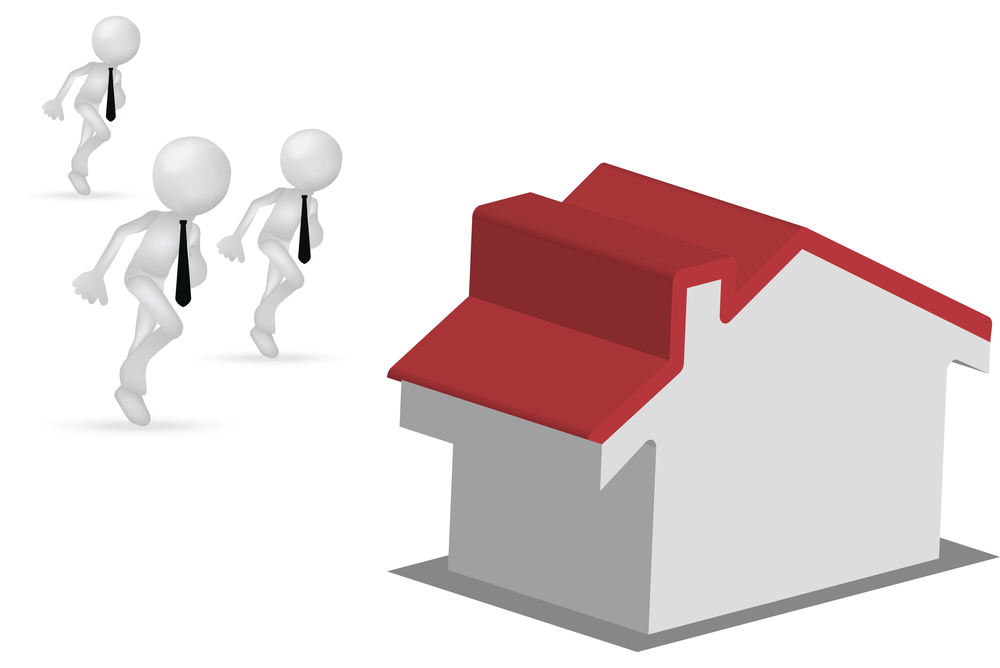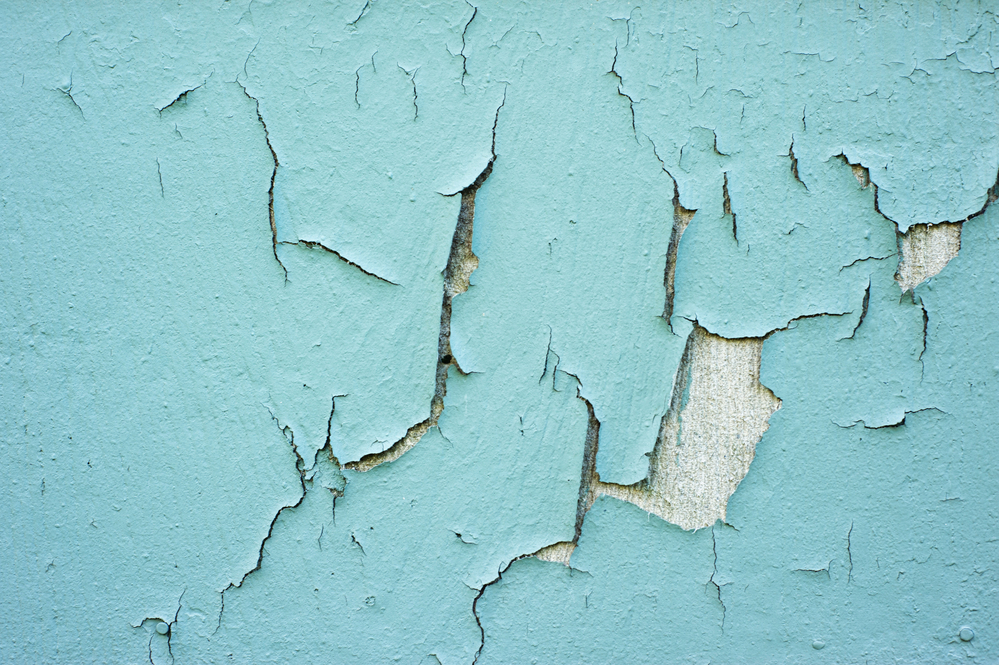Asbestos is a highly fire-resistant substance that was once put into various building materials, flame-retardant items and insulation products. Although still used in vehicle brake linings and other high-friction applications, its use was banned in water pipes, building materials and other areas in 2003 because of the serious health risks it poses. Below is more info regarding where asbestos can be found and how to determine if any is present in your home or not.
Common Parts of Homes where Asbestos may be Present
- Insulation used on water pipes in roof spaces and subfloors
- Older linoleum or vinyl flooring products – adhesives and/or backing used to keep these in place have been known to contain asbestos
- Some ceramic tiles and grouting used to secure them
- Various putty and caulking products
- Some spray-on insulation products
- Backings or linings used on meter panels or switchboard devices
- Some types of indoor roof/ceiling insulation products
- Cement sheet cladding and/or eave lining products
- Older cement asbestos hot water service flues and heaters
- Corrugated sheet roofing products
Although it has been mentioned that asbestos is only harmful if the fibres become airborne and are breathed in, this is not a risk you want to take, especially if you have young children or elderly persons living in your home. They can be particularly vulnerable to damage caused by this product.
Signs That your Home May Contain Asbestos
- Most forms of bitumen roofing and flat corrugated roofing sheets contain asbestos. Although these products may contain the least hazardous form of asbestos, this doesn’t mean that it is 100% safe to be around. It can still cause health issues if damaged or if fibres have become airborne.
- If you have home built during or before the 1980s, there is a strong possibility that building materials used during construction will contain asbestos. You can expect this substance to be present in walls, floor tiles, ceilings, pipe cement and insulation products in older homes.
- Older ceilings were sometimes manufactured from asbestos sheeting. Light fitting bases, trap doors and even vent covers were once made from this substance.
One of the best ways to determine whether asbestos is present in your home is to look for dusty areas, cracks or spots where building materials have started disintegrating. Pipes that have sprung leaks repeatedly, insulation that is old and coming apart and vinyl floor sheets/tiles that have broken can all potentially release harmful asbestos fibres into the air – which are then in turn breathed in by you and your family.
For information about asbestos removal specialists and companies, visit http://www.asbestos.vic.gov.au/. If you are keen to purchase an older home and would like to find out if asbestos is present in any of its building materials, feel free to contact our professional and experienced inspection team today. They will be able to perform a complete inspection on the property, enabling you to make an informed purchasing decision before signing any paperwork.





